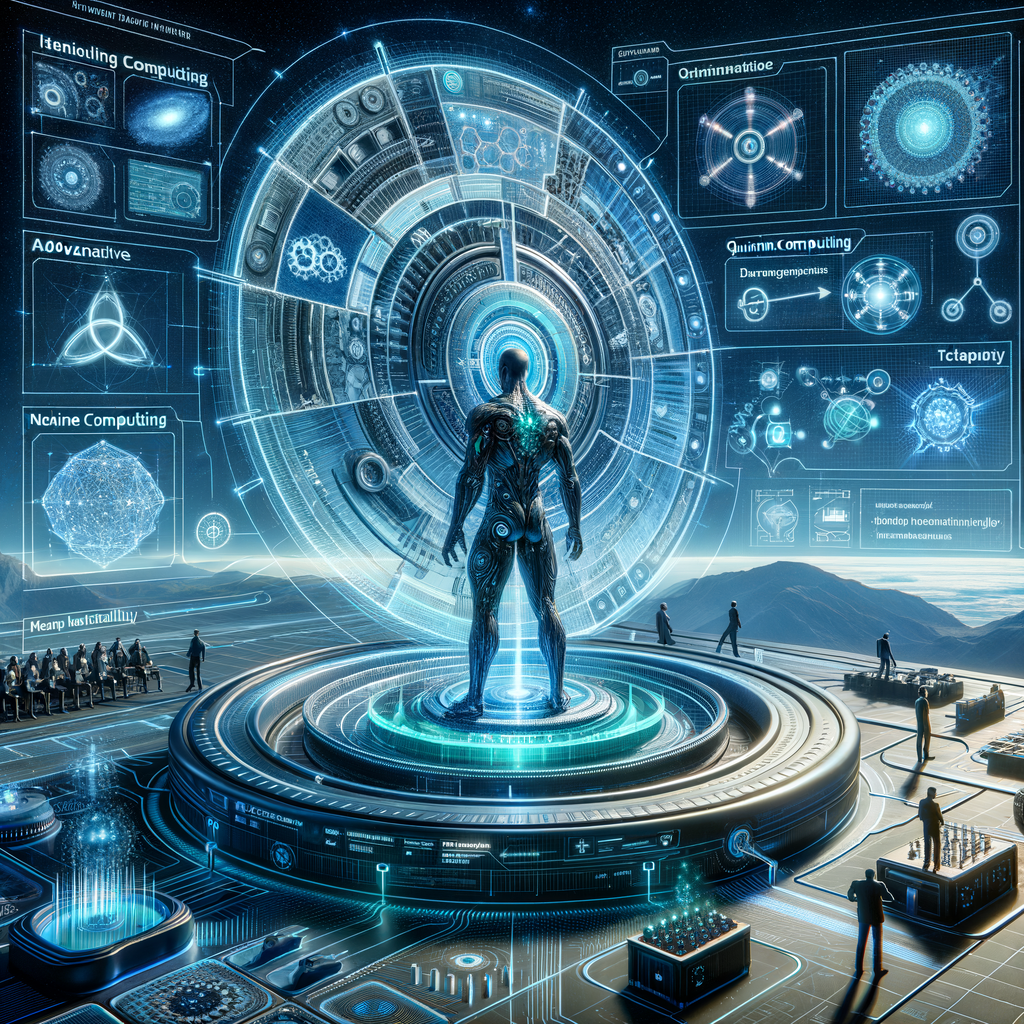Are AI Companies Just Copying Each Other or Driving Innovation

“`html
Are AI Tools Copying Each Other? A Look into the Industry Trends
Artificial Intelligence (AI) is evolving at an unprecedented pace. With major players like OpenAI, Google, and Anthropic continuously rolling out new features, one question arises: Are AI tools simply copying each other? In this article, we examine the latest trends in AI tool development and explore whether innovation is stagnating or accelerating.
The Latest AI Updates
Recently, three of the most powerful AI models—Claude, ChatGPT, and Gemini—all introduced major updates, seemingly mirroring each other’s progress:
- Claude (Anthropic) – Now includes real-time web searches, a long-awaited feature that aligns it with tools like ChatGPT and Perplexity.
- ChatGPT (OpenAI) – Launched advanced voice capabilities, offering improved text-to-speech (TTS) functionalities.
- Gemini (Google DeepMind) – Introduced an interactive Canvas for code and text-based workflows, similar to features in Claude and ChatGPT.
With every major update, these AI platforms seem to be engaging in what can best be described as “feature parity.” If one launches a new capability, the others quickly follow suit.
Why Are AI Models Becoming Similar?
Competition in the AI industry is fierce, and companies are vying for dominance in a rapidly expanding market. Some key factors contributing to the similarity between AI tools include:
- Declining Hardware Costs – The cost of AI model training and operation is dropping significantly each year, making it more feasible for companies to develop similar capabilities.
- Demand for Reliable Performance – Users expect their AI tools to be capable of performing the same core tasks effectively, prompting companies to align their product offerings.
- Cross-Team Influence – AI research is typically open-access, meaning team members from different companies often borrow ideas and iterate upon them.
Comparing AI Features
| Feature | Claude | ChatGPT | Gemini |
|---|---|---|---|
| Web Search | ✅ | ✅ | ❌ |
| Text-to-Speech (TTS) | ❌ | ✅ | ✅ |
| Interactive Coding Workspace | ✅ | ✅ | ✅ |
The Future of AI: Innovation or Copycat Culture?
The AI industry appears to be at a crossroads. While competitive mirroring ensures that users consistently receive the best features across different products, it also raises concerns about genuine innovation. With Nvidia predicting that AI operational costs could drop by 97% in the next few years, the real competition may shift towards developing entirely new, groundbreaking capabilities rather than iterative updates.
Final Thoughts
AI companies are undeniably copying many features from each other. However, this is not necessarily a bad thing. Increased competition leads to better and more accessible AI tools for end-users. As AI continues to mature, we may see companies differentiating themselves with exclusive features, enhanced user experiences, and niche functionalities.
Related Resources
What do you think about AI companies imitating each other? Let us know in the comments below!
#ArtificialIntelligence #AICompetition #TechInnovation #ClaudeAI #ChatGPT #GoogleGemini
“`